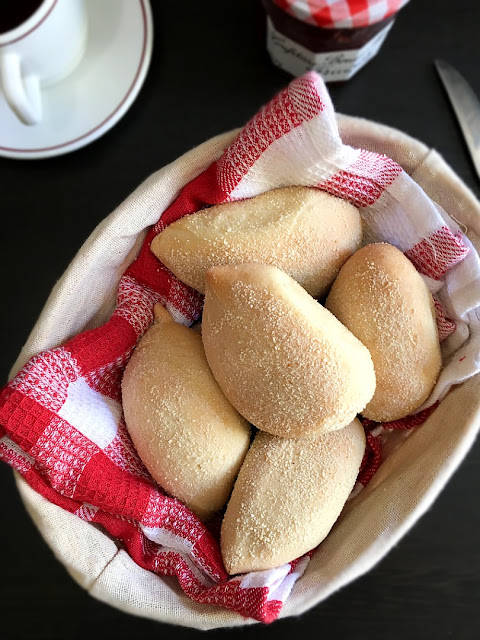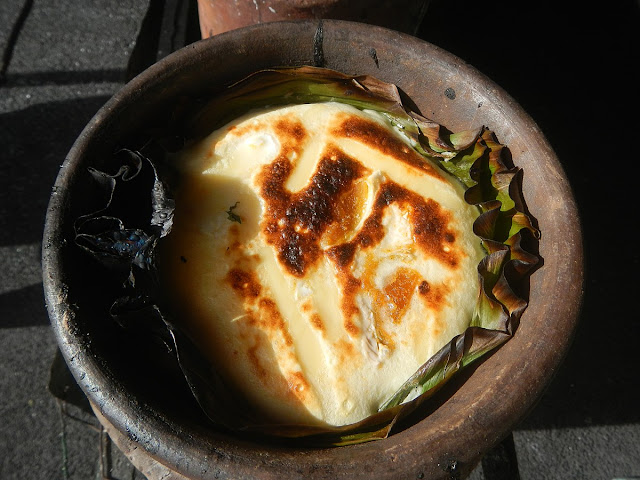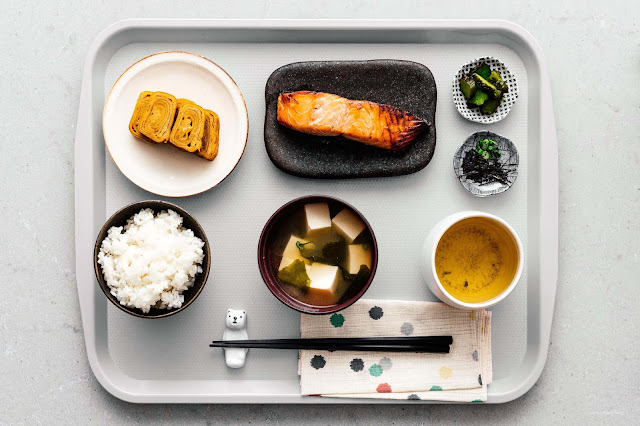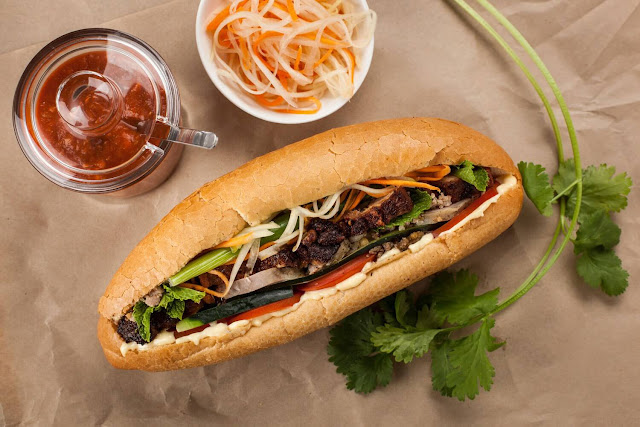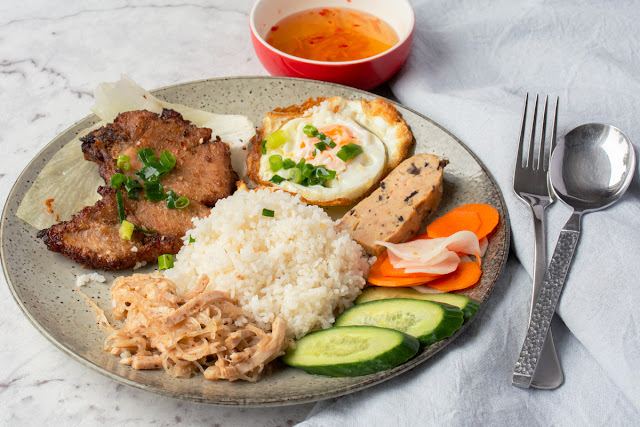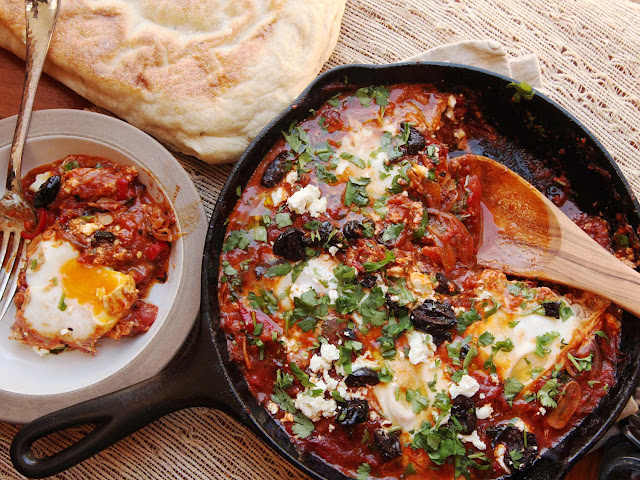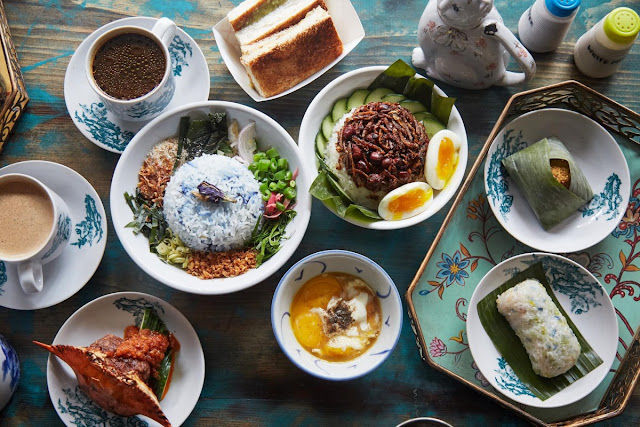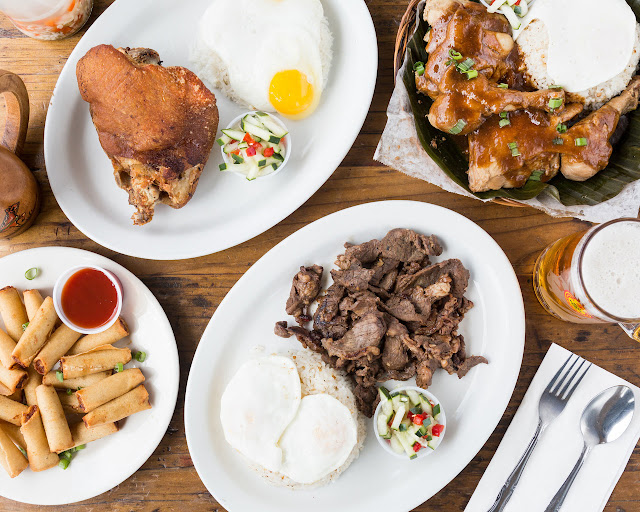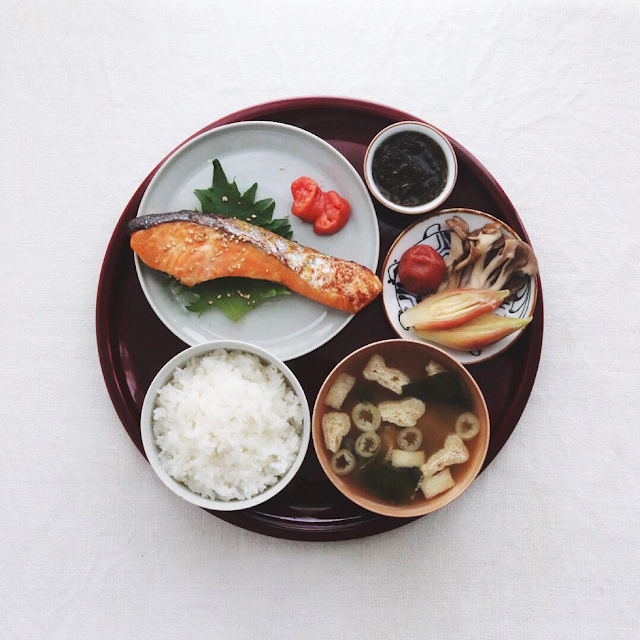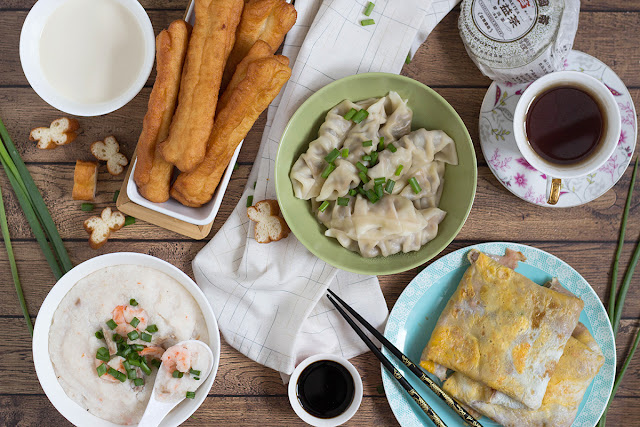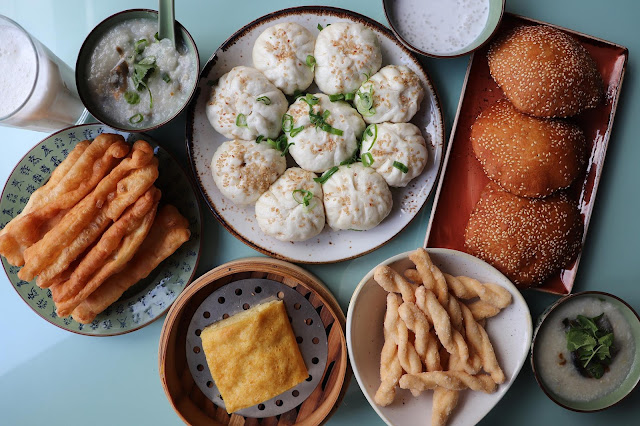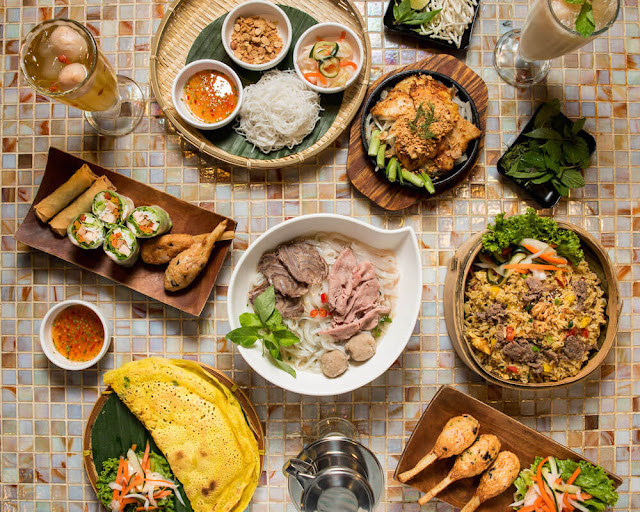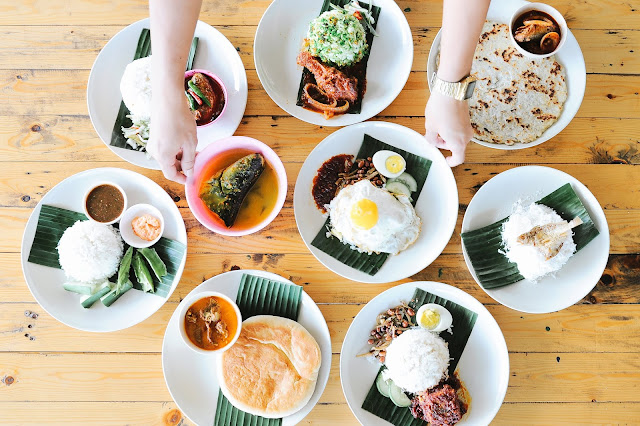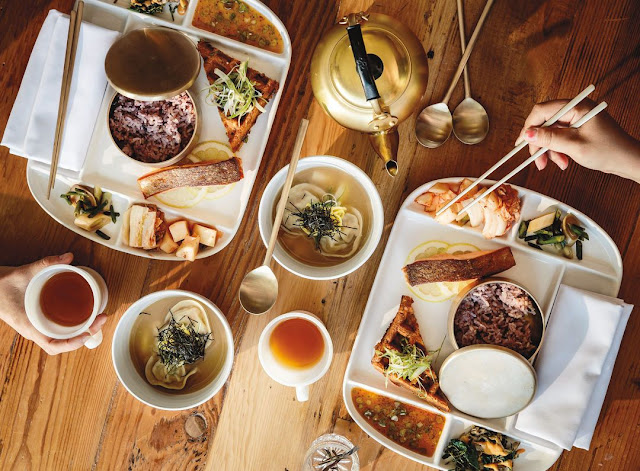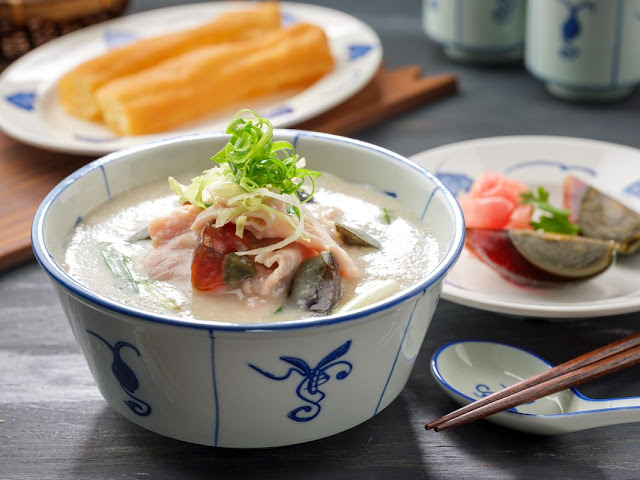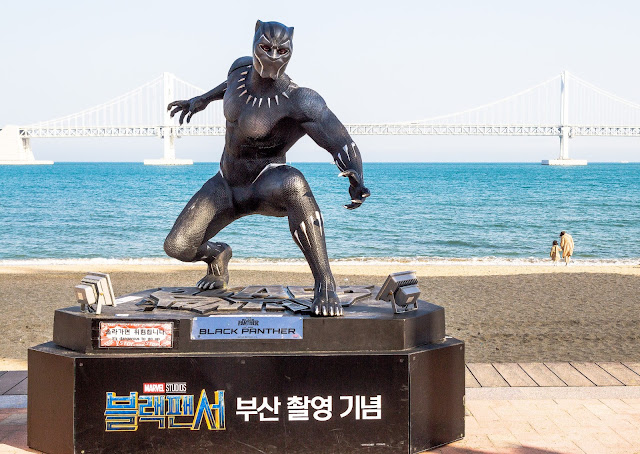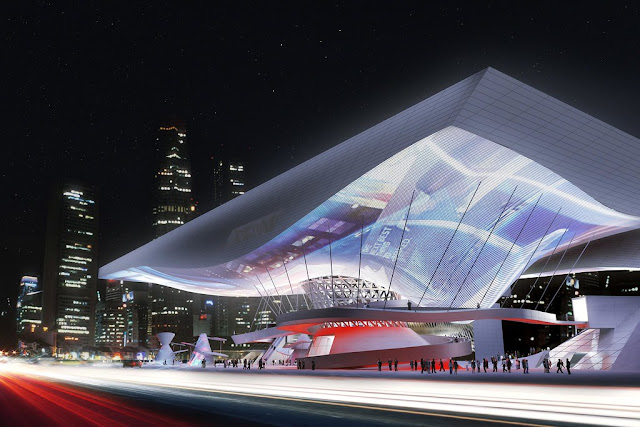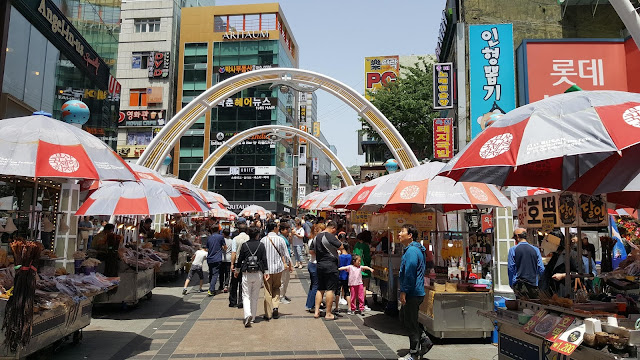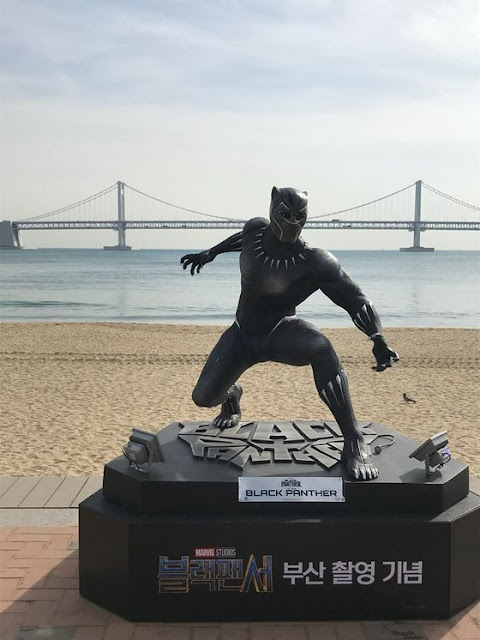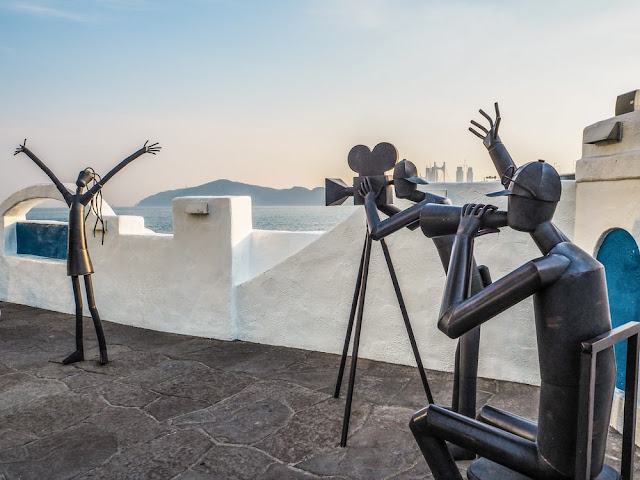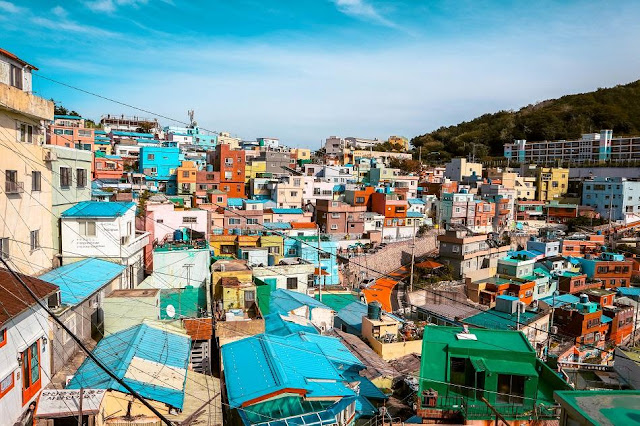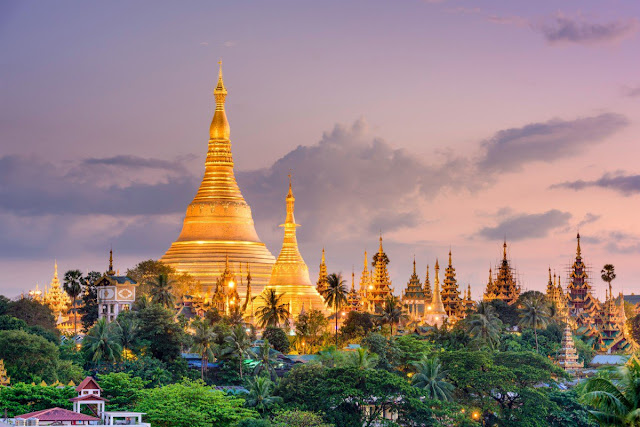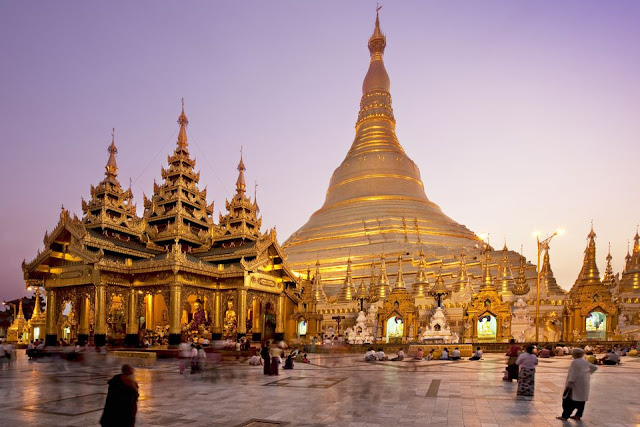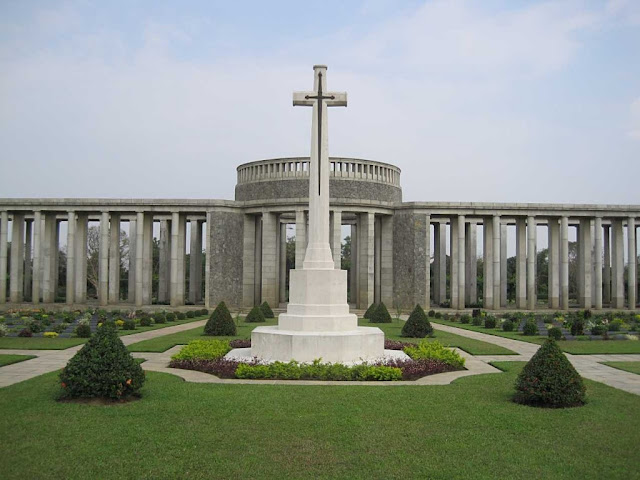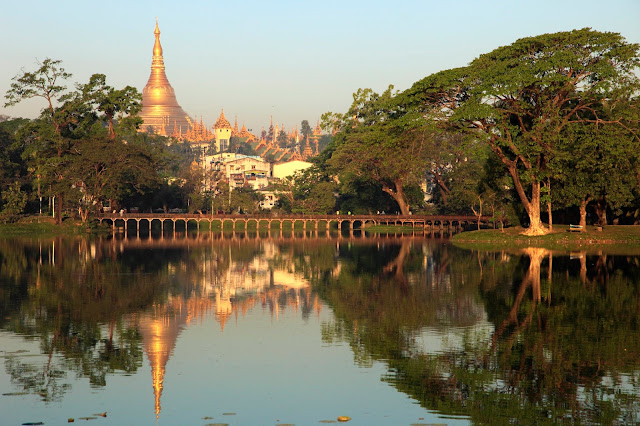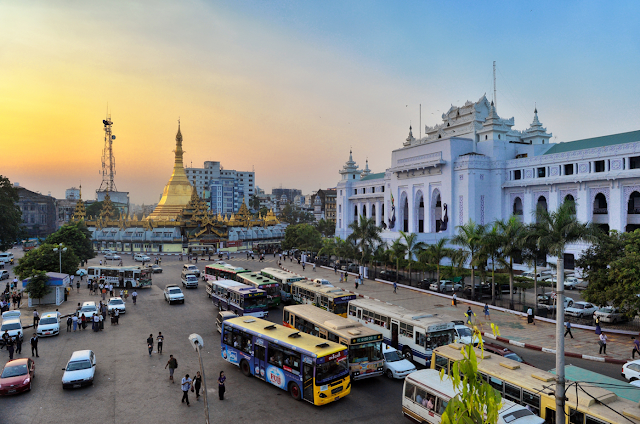Yangon is full of color, chaos, hustle and heat, and home to some of the most welcoming people you’ll ever meet. It’s a city with many sides; from the frenetic stalls and cafés of downtown to more laid back and leafy neighbourhoods with upmarket houses and boutique shops.
Bathe in gold at the Shwedagon Pagoda
The Shwedagon Pagoda (or Shwedagon Paya, as it’s also known) is the iconic symbol of the city — if not Burma – and for good reason. Sitting over 100 metres tall, with roots dating back more than 2,500 years, it is said to hold strands of Buddha’s hair deep inside, which makes it a hugely important site for Buddhists far and wide. Gold plated and diamond topped, the stunning structure is visible from around Yangon, and no visit is complete without spending some time there. It is truly beautiful and captivating and you might just surprise yourself with how long you stay, peering into the seemingly endless temples, shrines and more that encircle the gilded stupa. It’s also a fabulous people-watching spot — from tourists and worshippers to monks and wedding parties making their way around; and not to mention it’s truly magnificent at both sunrise and sunset.
Get to grips with the Nation’s past
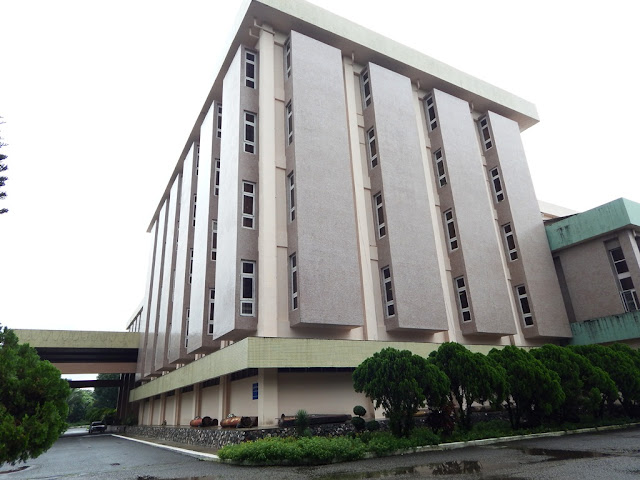 |
| National Museum of Myanmar |
Two places worth your time if you want to try and get your head around Burma’s complex history are the Bogyoke Aung San Museum and the National Museum of
Myanmar. Aung San is hailed as the father of modern Myanmar, not to mention the father of the leader of the National League for Democracy and famed activist, Aung San Suu Kyi. The museum pays tribute to the late general’s life with collections of speeches, papers, photos and personal items and is situated in what was his home prior to his assassination in 1947. The National Museum of Myanmar, meanwhile, looks at the country’s history and evolution as a whole with one of the largest collections of artifacts and relics relating to the development of civilisation, art and culture. Walk through time and see how Burma grew into the country it is today.
Take a minute at the Taukkyan War Cemetery
Burma played no small part in World War Two, as the more than 6,000 Allied graves at Taukkyan (also known as Htauk Kyant) War Cemetery quickly demonstrate. A Commonwealth War Graves Commission site, the cemetery is located about an hour north of downtown Yangon, but is absolutely worth the journey. Well kept and peaceful, it a lasting tribute to those who lost their lives, many fighting far from home, in the jungles of Burma. There are three memorials to look out for which, among other things, also commemorate the near 27,000 soldiers who died in during campaigns in Burma with no known grave.
Tread the boards over Kandawgyi Lake
Kandawgyi Lake sits not far from the Shwedagon Pagoda and is home to the slightly surreal Karaweik Palace (a large, seemingly floating gold structure that is now a restaurant), as well as a nature park popular with local families. It is also where you will find the rickety boardwalk around the lakes’ edge. You’re not quite taking your life into your own hands, but every step is a small leap of faith as many of the boards are loose and old. It is however, worth the careful stroll, taking you past the exceedingly posh Kandawgyi Palace Hotel and over countless lily-pads. Just make sure you have water and some sun protection with you, as once you get out into the middle, there is no shade, and no going back.
Lose yourself in Downtown Yangon
A true highlight of any visit to Yangon has to be just throwing yourself in amongst downtown Yangon’s surprisingly leafy, grid-like network of streets, most of which are handily named by number (
New York style) and surprisingly spread out when you put your perfectly laid out map route into action on the street. You won’t know where to look, from the crumbling European style architecture and many market stalls that pop up late afternoon, to the gridlocked traffic at rush hour, and countless street vendors selling bowl after bowl of piping hot noodles. All this happens under a haze of construction as the city grows and develops with new tower blocks and malls swinging into place above your head. It’s the crazy, chaotic side to Yangon that quietens down very quickly from 10PM onwards, and is home to some real gems for eating, sleeping and shopping.
Read more:
7 reasons why you should visit Myanmar
Source Internet
